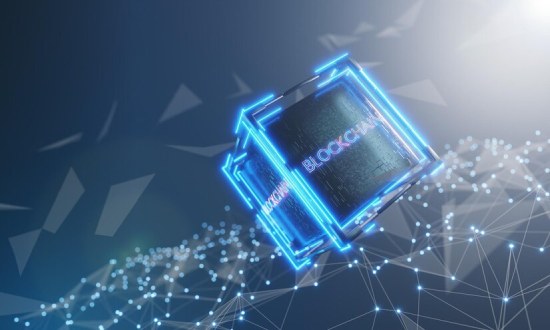Quick Decision Guide
ERC-1155 suits catalogs that include both coins and collectibles. ERC-721 remains ideal for purely unique items, such as 1/1 art. ERC-20 works best for a single currency with simple transfers. The right choice follows your product model and roadmap.

 Blockchain Application Development
Blockchain Application Development
 Fintech Blockchain App Development
Fintech Blockchain App Development
 Hyperledger Application Development
Hyperledger Application Development
 STO Development Services Company
STO Development Services Company
 Exchange Development
Exchange Development
 Cryptocurrency Wallet Development
Cryptocurrency Wallet Development






